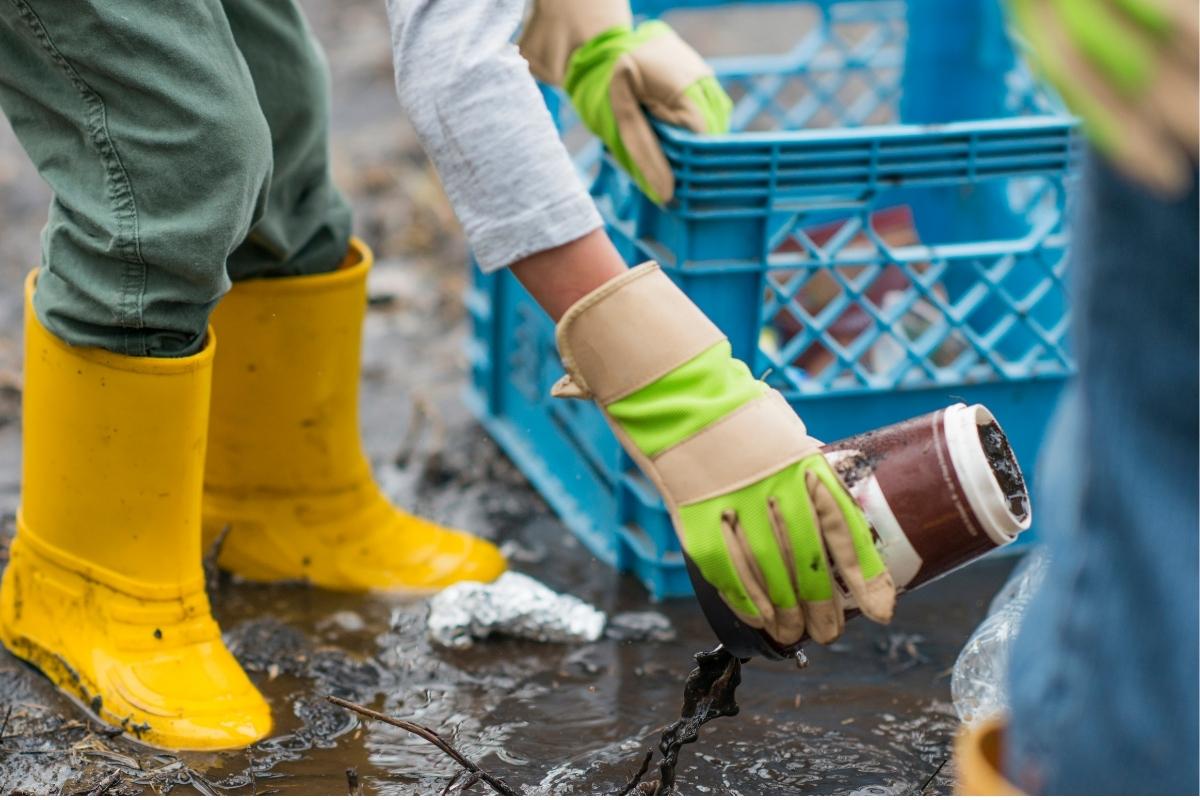Clean up after a flood can be devastating: you don’t know how much damage you’ve sustained, you don’t know how many things can be salvaged or need to be thrown out, and the cleaning tasks ahead of you can seem huge and overwhelming.
Checking to see that you are prepared to tackle your mammoth cleaning task ahead is vital in making sure that your health and safety is maintained throughout the whole process.
So… what exactly do you need?
The damage done can vary between property type and location. A concrete warehouse, for example, would need to be cleaned a different way to an office, which may have damaged carpets or electronics. As a general guide, the following items can come in handy:
- A portable generator for powering high-pressure drying equipment
- Spare towels, old newspapers, and big sponges for absorbing water
- Bleach, muriatic acid, or vinegar for removing mould and mildew
- Air fresheners and purifiers for eliminating bad odours
- Wax and brushes for polishing water-stained floors
- High pressure cleaning for removing deep-set, stubborn stains on floors and walls
During the Clean Up Process
Wear protective equipment before going inside
Floodwater and debris may be contaminated with sewage or other dangerous substances, which can linger on surfaces for a long time. As you begin your clean up, protect yourself by wearing protective equipment such as watertight boots, a hard hat, a long-sleeved shirt, and gloves. If there are risks that there may be rotting material, such as spoiled food or vegetation, wear a mask, safety goggles, and gloves. You can also wear sunscreen or insect repellent to protect yourself from UV exposure and itchy bites. And make sure to wash your hands thoroughly after participating in clean up activities!
Identify and set aside salvageable items
The damage to the individual items within your property will vary depending on a number of factors, such as how high the flood waters reached, or what materials your items are made of. While some items will be beyond repair, others might be salvageable. For example:
- If you sealed and stored your papers, documents, photographs, or other similar stationery items well before the flood, drying or freezing them upon discovery can do the trick.
- All sealed food items like canned goods or airtight bottles are safe to consume, provided that their seals are unbroken.
For any salvaged items, disinfect them thoroughly by spraying them down with a strong disinfectant, and leaving them in the sunlight to dry. Always ensure that you and any other involved with your clean up practice proper hygiene!
Dry out puddles and excess moisture with pumps, blowers, and dehumidifiers
These tools can be used to extract water and dry your interiors, particularly the floors, walls, and carpets. Be careful when going to any lower areas, such as basements or garages. These spaces may have sustained the most damage as all the floodwater aboveground likely flowed into any underground spaces and leaked into the foundation.
If it’s too risky, don’t attempt to dry your basement on your own! Also, prepare yourself for unpleasant smells from mould or mildew, which can build up anywhere. Wearing a mask can help reduce smells, but you can also book specialty cleaning services that will be able to clean your space safely, quickly, and thoroughly.
Remove tough surface stains with a high-pressure washer
A high-pressure washer is useful for removing difficult stains left by the flood. You can use it on concrete surfaces, like wall corners, floors, and even furniture. High-pressure washers can be easily rented. However, if you want to save time and energy, a high-pressure cleaning service can do it for you efficiently and meticulously.
Clean your carpets
One of the most difficult things to clean after a flood is carpet, as it can be very heavy and have its fibres full of dirt and grime. To thoroughly clean a carpet, you can choose between a steam cleaner or carpet shampoo. Consider hiring a carpet cleaning service to ensure that every layer of your carpet is fresh and dirt free.
Stay safe during clean up and seek emotional support.
Your Safety is the Priority!
As with any disaster, cleaning up after a flood has additional risks. To maximise your safety, follow these crucial points:
- Shut off gas valves and electrical panels.
- Check the structure of the property. If you spot significant damage (e.g. cracks and holes) in the foundation, you might need to postpone your clean up project and consult a construction expert before entering the property.
- Avoid contaminated water and exposed cables. Wearing rubber shoes and gloves might not be enough to save you from electric shock.
Cleaning and disinfecting your premises after a flood takes a lot of effort. We’ve addressed the physical aspect of clean up, but make sure that you look after your mental health as well. Find some face-to-face emotional and trauma support after a flood services here. After all, we’re all in this together.

